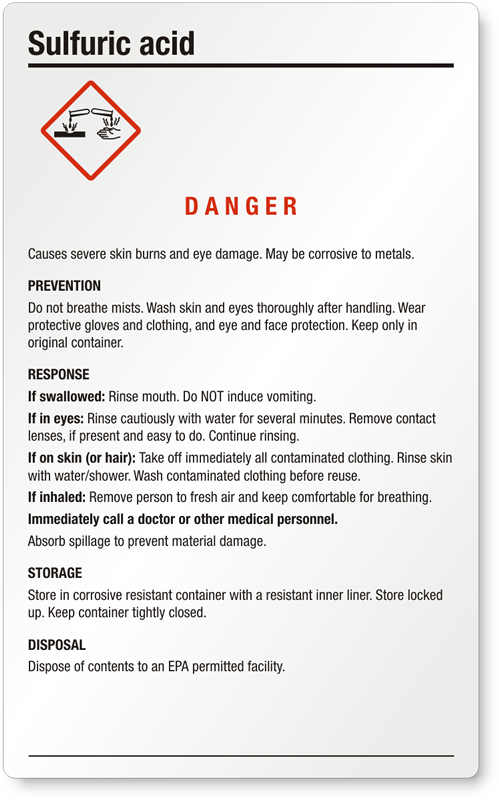Molecular Descriptors For Cheminformatics Pdf Printer
Molecular descriptors play a fundamental role in chemistry, pharmaceutical sciences, environmental protection policy, and health researches, as well as in quality control, being the way molecules, thought of as real bodies, are transformed into numbers, allowing some mathematical treatment of the chemical information contained in the molecule. This was defined by Todeschini and Consonni as:
Molecular Descriptors for Chemoinformatics, 2 Volume Set, 2nd, Revised and Enlarged Edition. Cheminformatics in Modern Drug Discovery Process Peter Ertl. Easy to use “do it yourself” cheminformatics and molecular. Handbook of Molecular Descriptors. Molecular descriptors and fingerprints have been routinely used in QSAR/SAR analysis, virtual drug screening, compound search/ranking, drug ADME/T prediction and other drug discovery processes. Since the calculation of such quantitative representations of molecules may require substantial.

'The molecular descriptor is the final result of a logic and mathematical procedure which transforms chemical information encoded within a symbolic representation of a molecule into a useful number or the result of some standardized experiment.'[1]
By this definition, the molecular descriptors are divided into two main categories: experimental measurements, such as log P, molar refractivity, dipole moment, polarizability, and, in general, additive physico-chemical properties, and theoretical molecular descriptors, which are derived from a symbolic representation of the molecule and can be further classified according to the different types of molecular representation.
The main classes of theoretical molecular descriptors are: 1) 0D-descriptors (i.e. constitutional descriptors, count descriptors), 2) 1D-descriptors (i.e. list of structural fragments, fingerprints),3) 2D-descriptors (i.e. graph invariants),4) 3D-descriptors (such as, for example, 3D-MoRSE descriptors, WHIM descriptors, GETAWAY descriptors, quantum-chemical descriptors, size, steric, surface and volume descriptors),5) 4D-descriptors (such as those derived from GRID or CoMFA methods, Volsurf).
Invariance properties of molecular descriptors[edit]
The invariance properties of molecular descriptors can be defined as the ability of the algorithm for their calculation to give a descriptor value that is independent of the particular characteristics of the molecular representation, such as atom numbering or labeling, spatial reference frame, molecular conformations, etc. Invariance to molecular numbering or labeling is assumed as a minimal basic requirement for any descriptor.
Two other important invariance properties, translational invariance and rotational invariance, are the invariance of a descriptor value to any translation or rotation of the molecules in the chosen reference frame. These last invariance properties are required for the 3D-descriptors.
Degeneracy of molecular descriptors[edit]
Molecular Descriptors For Chemoinformatics
This property refers to the ability of a descriptor to avoid equal values for different molecules. In this sense, descriptors can show no degeneracy at all, low, intermediate, or high degeneracy. For example, the number of molecule atoms and the molecular weights are high degeneracy descriptors, while, usually, 3D-descriptors show low or no degeneracy at all.
Kyocera km 2560 driver download. • Hardware Name: KM-2560 Device type: All-in-One (Multifunctional) File Size: 174.5MB Driver Version: 4.1.1512b Manufactures: Kyocera Software type: FAX driver Release Date: 07 Jan 2015 System: Windows 8.1, Windows 8.1 64-bit, Windows 8, Windows 8 64-bit, Windows 7, Windows 7 64-bit, Windows Vista, Windows Vista 64-bit, Windows XP, Windows XP 64-bit, Windows Server 2003, Windows Server 2003 64-bit, Windows Server 2008, Windows Server 2008 64-bit, Windows Server 2008 R2 64-bit, Windows Server 2012, Windows Server 2012 R2 Wrong code!
Basic requirements for optimal descriptors[edit]
- Should have structural interpretation
- Should have good correlation with at least one property
- Should preferably discriminate among isomers
- Should be possible to apply to local structure
- Should possible to generalize to 'higher' descriptors
- Should be simple
- Should not be based on experimental properties
- Should not be trivially related to other descriptors
- Should be possible to construct efficiently
- Should use familiar structural concepts
- Should change gradually with gradual change in structures
- Should have the correct size dependence, if related to the molecule size
See also[edit]
References[edit]
- ^Roberto Todeschini and Viviana Consonni, Handbook of Molecular Descriptors, Wiley-VCH, 2000.http://www.moleculardescriptors.eu/books/handbook.htm
Bibliography[edit]
Roberto Todeschini and Viviana Consonni, Molecular Descriptors for Chemoinformatics (2 volumes), Wiley-VCH, 2009.
Mati Karelson, Molecular Descriptors in QSAR/QSPR, John Wiley & Sons, 2000.
James Devillers and Alexandru T. Balaban (Eds.), Topological indices and related descriptors in QSAR and QSPR. Taylor & Francis, 2000.
Lemont Kier and Lowell Hall, Molecular structure description. Academic Press, 1999.
Alexandru T. Balaban (Ed.), From chemical topology to three-dimensional geometry. Plenum Press, 1997.
